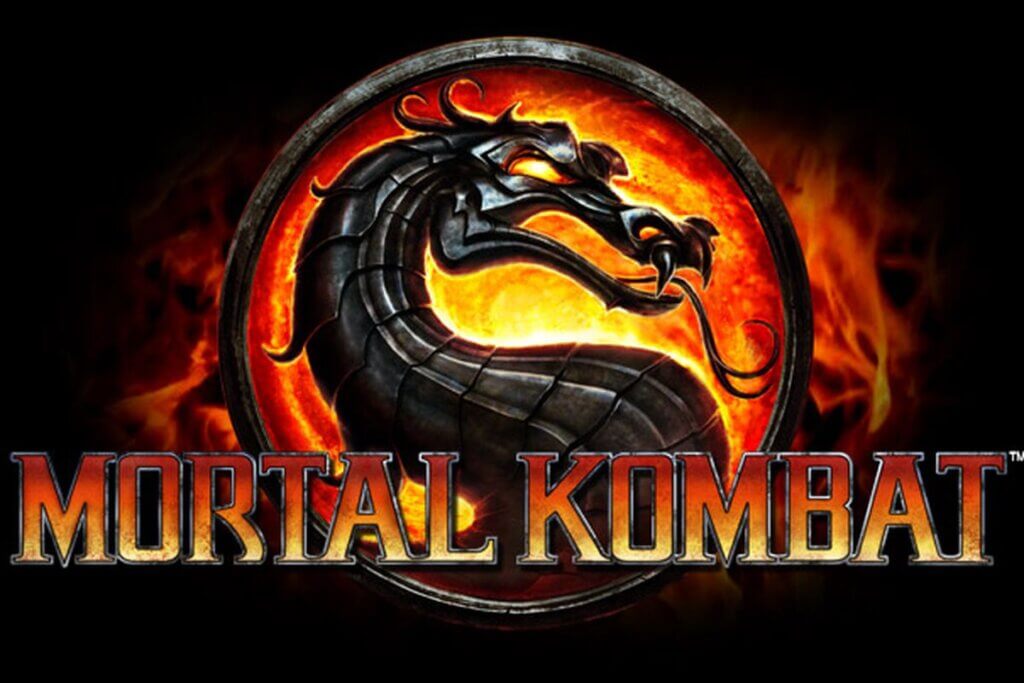Did you ever think Costa Rica was an island?
If so, you’re not alone. Many distinctly remember learning that Costa Rica was an island in the Caribbean Sea—situated independently, surrounded by water, and not connected to mainland Central America. Yet, when you check the maps today, you’ll find that Costa Rica has always been an isthmus nestled between Nicaragua to the north and Panama to the south, bridging the Pacific Ocean and the Caribbean Sea.
This apparent geographical shift is yet another example of the Mandela Effect, a phenomenon where large groups of people share a memory of something existing or occurring in a certain way, only to find it has never been that way—at least, not in this reality.
In the context of studying geography, history, and cultural landmarks, archaeologists, geographers, historians, and curious truth-seekers alike must consider the Mandela Effect as a lens for understanding the anomalies in collective memory. Through careful examination of this phenomenon, we aim to elevate this conversation to mainstream media and encourage deeper exploration within academic and scientific fields.
Many individuals vividly recall Costa Rica as an island nation, located southeast of Mexico and southwest of Jamaica and the Cayman Islands. Some even remember seeing maps where Costa Rica stood apart from the mainland, distinctly isolated by water. But when you look at modern maps, it’s clear that Costa Rica is a land bridge—a crucial part of the Central American isthmus. Why do so many people remember it differently? In another universe a large of people experienced, Costa Rica was exactly as they recall—an island.
Our research into this phenomenon has uncovered evidence that Costa Rica was at times referred to as an “island” in historical documents, media, and educational materials. Could this be a mere coincidence, or is it residual proof of a reality where Costa Rica existed as an island in the Caribbean?
Through diligent investigation, we’ve gathered physical evidence, writings, and cultural references—also known as reality residue—that hint at an alternate reality where Costa Rica is an island. This isn’t simply a case of mistaken memory but a tangible glimpse into another version of a hidden world. Below, we share the evidence we’ve uncovered and invite you to explore the truth with us.
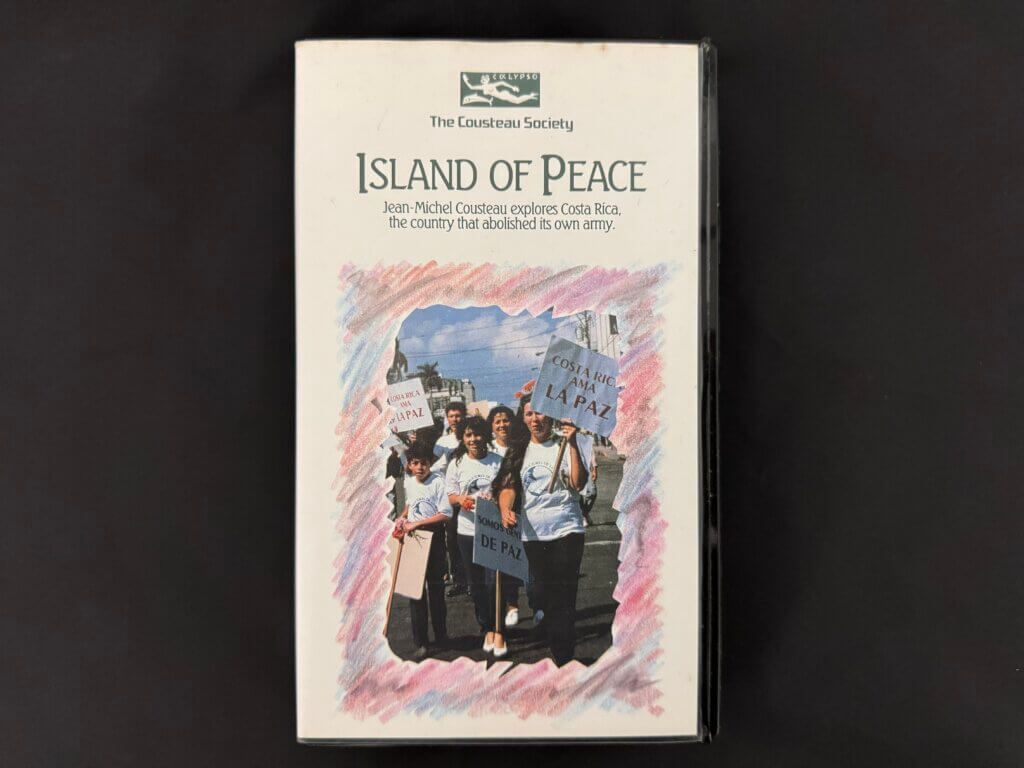

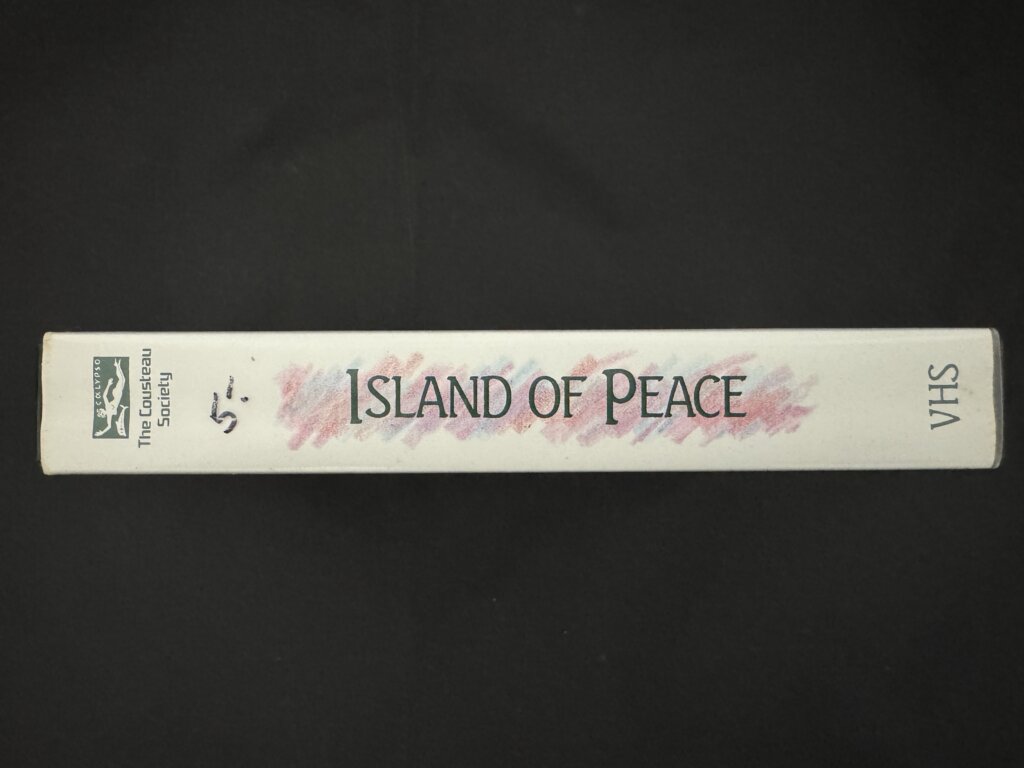
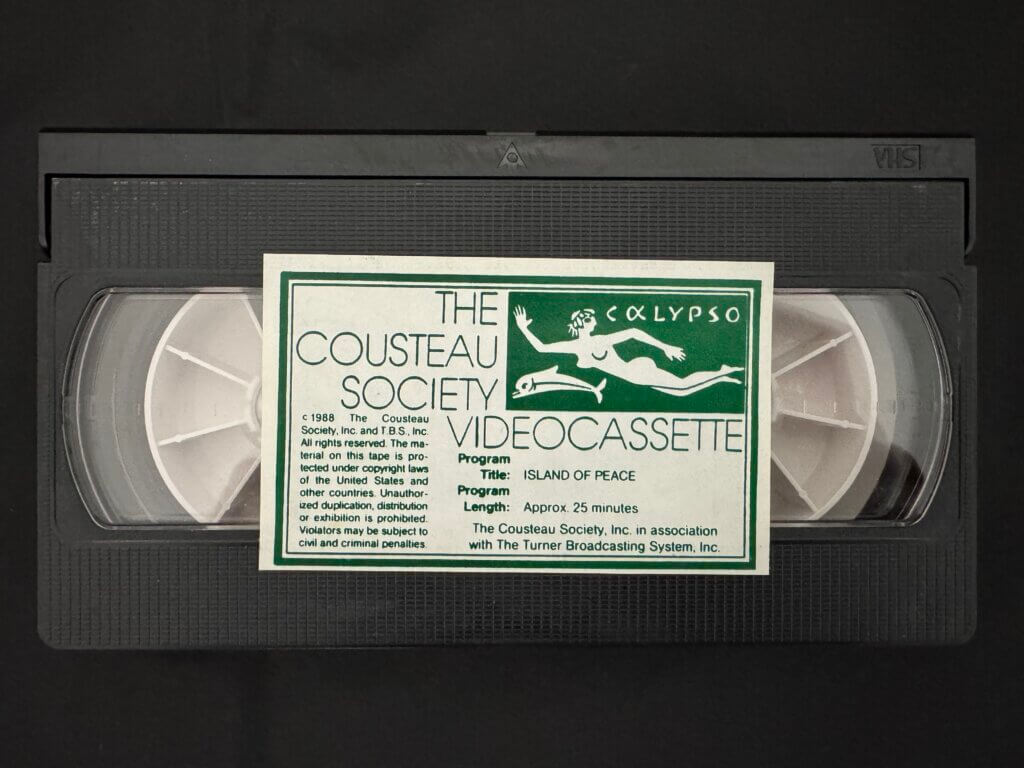
- The “Island of Peace” Documentary (1988) by Jean-Michel Cousteau
We believe we have the last physical copy of this remarkable documentary on VHS, and it’s a true gem of reality residue. On the front cover, it reads: “Jean-Michel Cousteau explores Costa Rica, the country that abolished its own army,” with the words “Island of Peace” prominently displayed above.
If you knew nothing about Costa Rica, would this text make you assume it’s an island? For us, it certainly does. When we discovered this tape being sold on eBay for about $10, we knew we had to acquire it. Our goal was to see if the documentary itself referred to Costa Rica as an island. After purchasing the VHS, we took it to a specialist to convert it into MP4 digital format—a process that cost nearly $100. Finally, we were able to watch the 25-minute-long film, and to our amazement, the narrator explicitly referred to Costa Rica as an island.
This wasn’t a simple case of misunderstanding. Reading the back cover of the VHS, one might assume the documentary is about Cocos Island—a Costa Rican island in the Pacific Ocean. However, after watching the entire film, we confirmed it’s about Costa Rica as a whole, not just Cocos Island. The back cover even states: “An island of peace in a sea of soldiers.” Which sea is that? The Caribbean Sea.
We firmly believe this VHS tape is undeniable reality residue. Its references and phrasing point to a version of history where Costa Rica was perceived as an island. Given the rarity and significance of this find, we consider it priceless in terms of its importance to the Mandela Effect community.
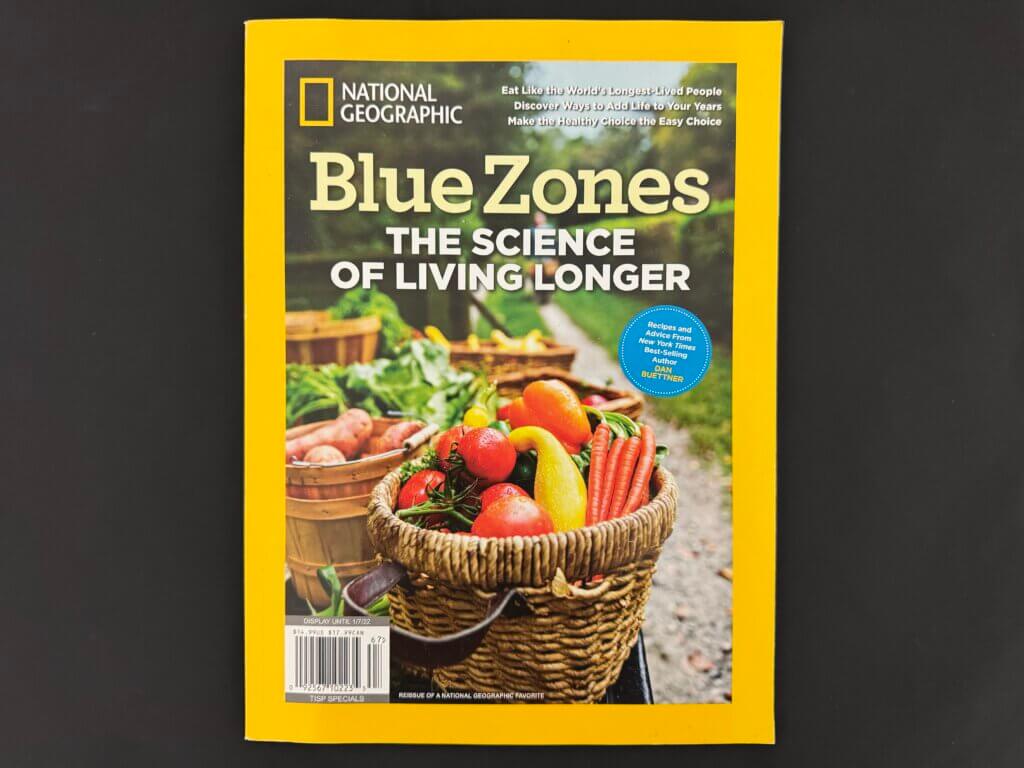

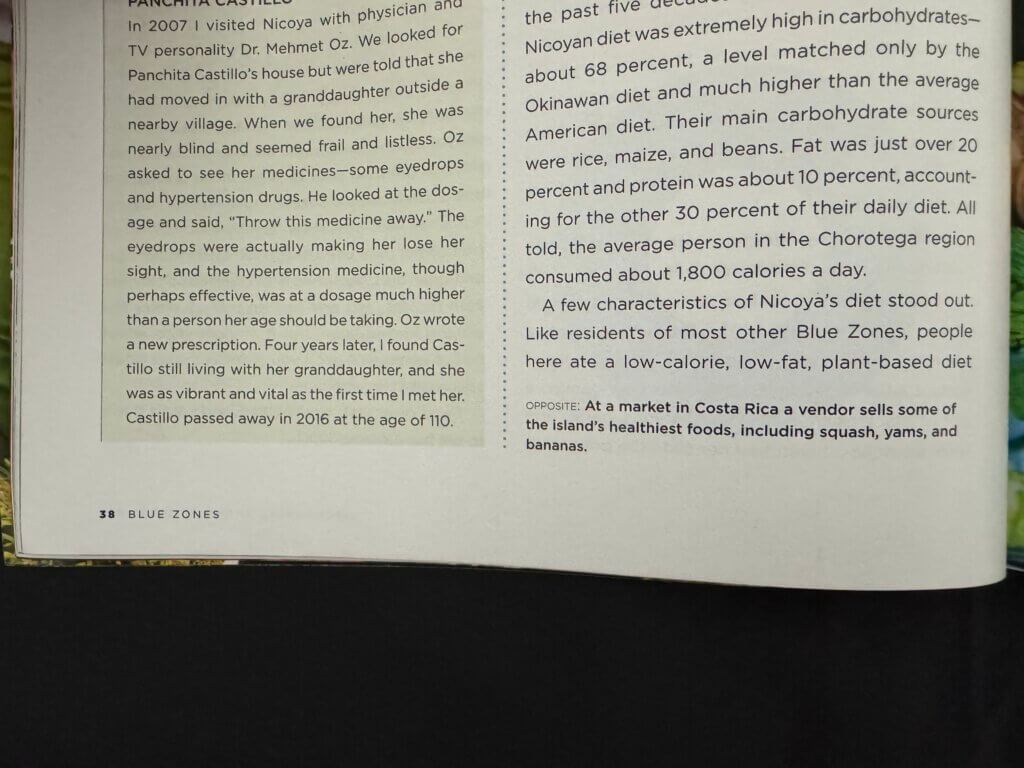
- National Geographic Magazine: “Blue Zone – The Science of Living Longer”
In this issue of National Geographic, on page 38, we uncovered a striking piece of reality residue. At the very bottom of the page, in bold text, Costa Rica is referred to as an island:
“At a market in Costa Rica, a vendor sells some of the island’s healthiest foods, including squash, yams, and bananas.”
This bold description accompanies an image on page 39, which takes up the entire page. The reference isn’t a minor typo or oversight—this is National Geographic, an authority on geography and the natural world, directly calling Costa Rica an island.
How could such a reputable source make this mistake? The answer is simple—they didn’t. This reference aligns with a reality some of us remember vividly, where Costa Rica was indeed an island.
This kind of phrasing in a highly respected publication adds weight to the argument that Costa Rica’s “island” status existed in a parallel reality, and this magazine serves as tangible evidence of that.
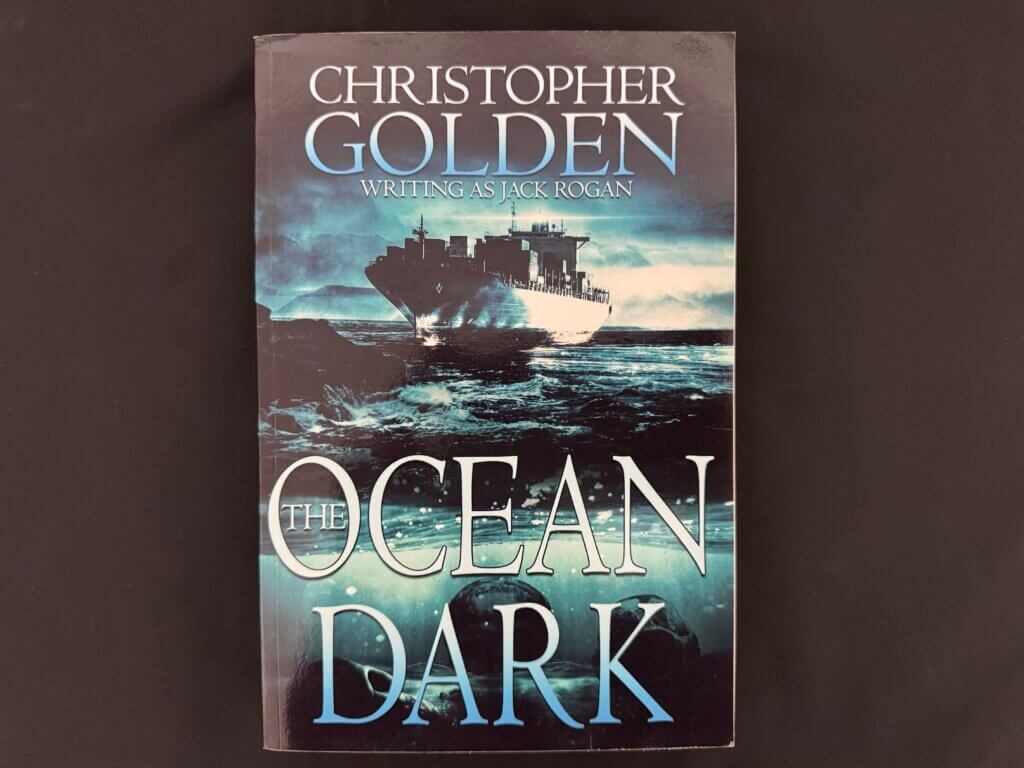
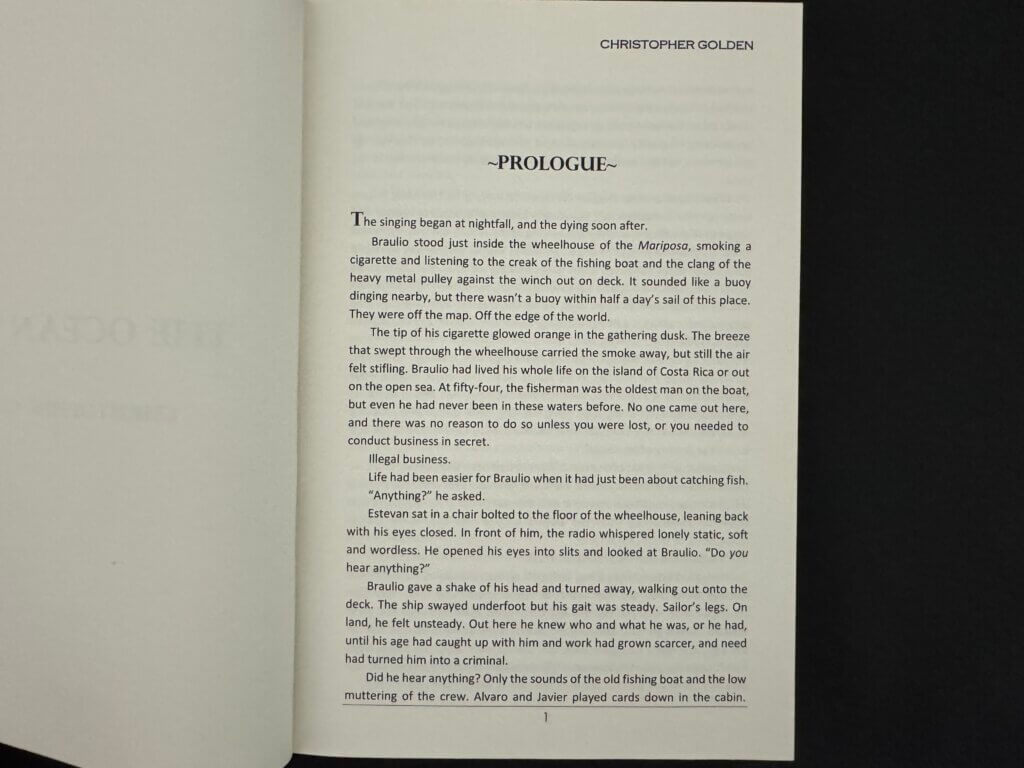
- “The Ocean Dark” by Christopher Golden (2018)
In the prologue of Christopher Golden’s 2018 novel The Ocean Dark, Costa Rica is explicitly referred to as an island. This striking reference appears right on the very first page of the book:
“Braulio had lived his whole life on the island of Costa Rica or out on the open sea.”
How could a seasoned author write an entire book and make such a glaring factual error on the very first page? For some readers, this might be enough to question the credibility of the entire novel. Yet, this phrasing is not an error—it aligns with the memories of those who recall Costa Rica as an island in a different reality.
This reference serves as yet another example of reality residue, offering a glimpse into a version of the world where Costa Rica’s island status was a fact.
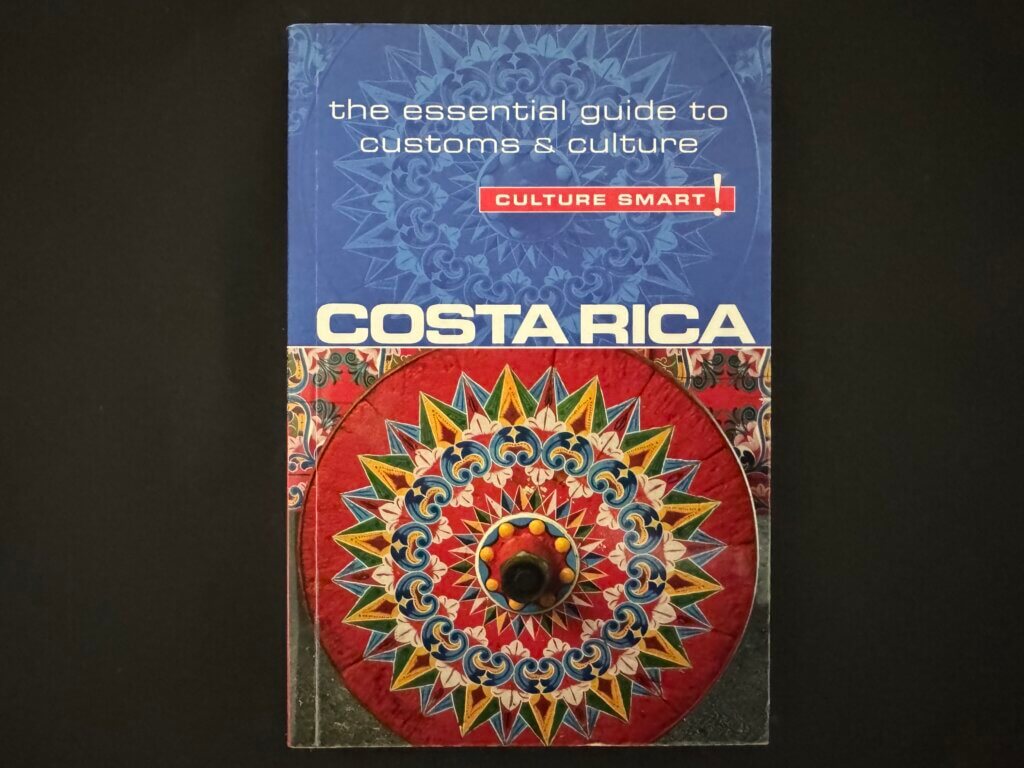

- “Costa Rica – Culture Smart!: The Essential Guide to Customs & Culture” (2012)
In the 2012 book Costa Rica – Culture Smart!: The Essential Guide to Customs & Culture, Costa Rica is referred to as an island on page 52:
“Costa Rica is an island of relative stability in an area of political and social unrest.“
This book, a comprehensive guide dedicated to Costa Rica and its culture, refers to the country as an island, despite it not being one. How could such a well-researched book make this mistake? This reference is not a simple error; it’s an example of reality residue that points to a time when Costa Rica was perceived as an island in an alternate reality.
This is yet another instance where a credible source inadvertently reinforces the memory of Costa Rica as an island.

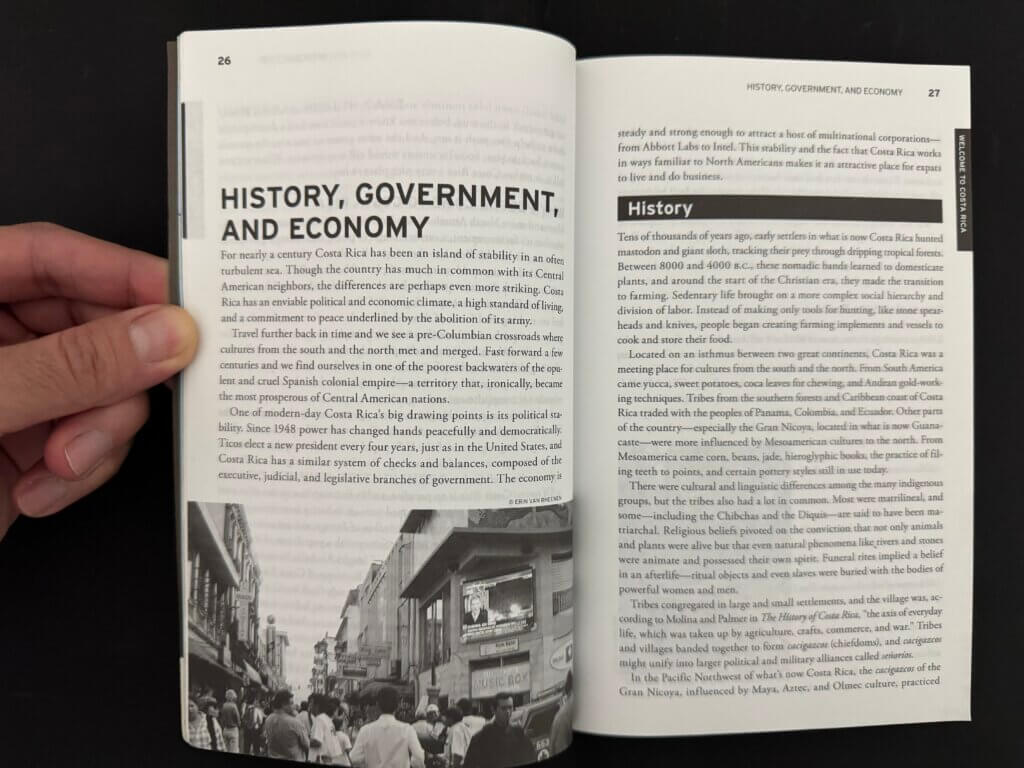
- “Living Abroad in Costa Rica” by Erin Van Rheenen (2013)
In the 2013 book Living Abroad in Costa Rica, the author refers to Costa Rica as an island on page 26:
“For nearly a century, Costa Rica has been an island of stability in an often turbulent sea.”
This book, which offers insight into life in Costa Rica, continues the pattern of referring to the country as an island. How could a guidebook about Costa Rica make such an error? This isn’t just a mistake; it’s another piece of reality residue, reinforcing the idea that Costa Rica was once remembered as an island in a different reality.
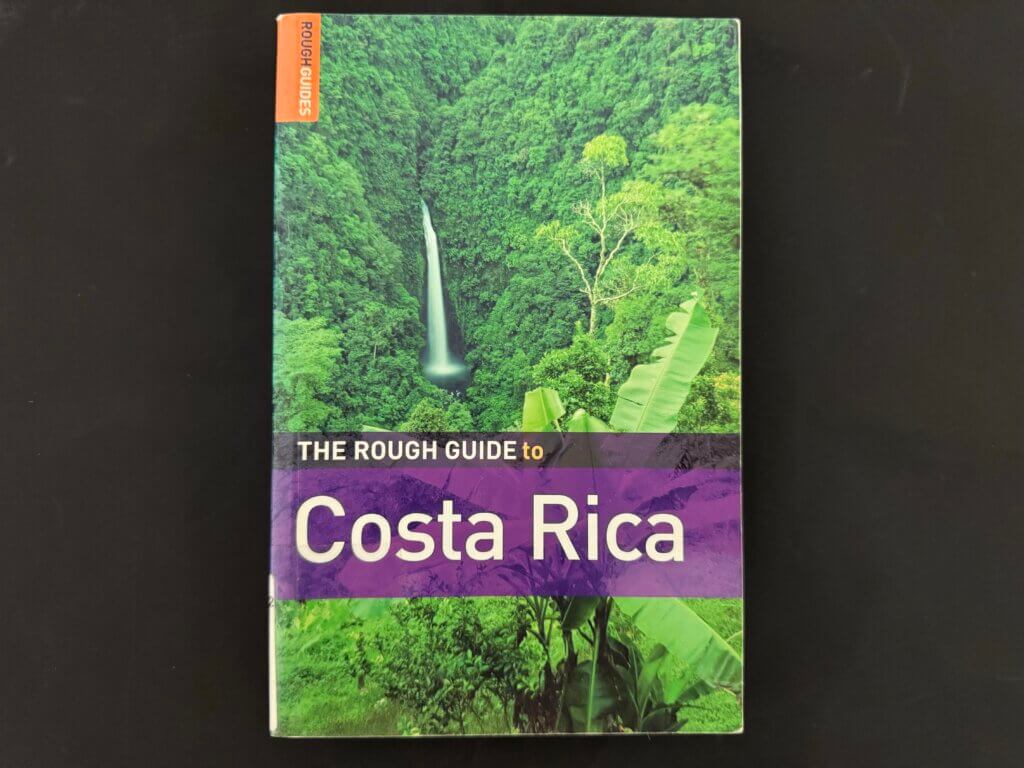
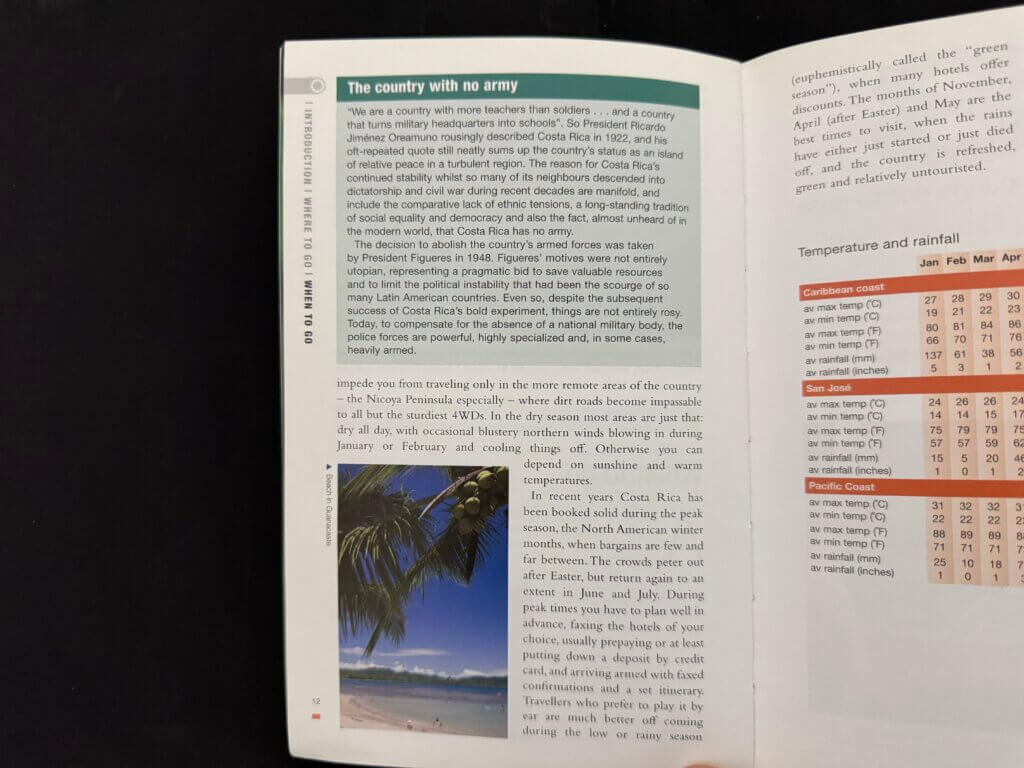
- “The Rough Guide to Costa Rica” by Jean McNeil (2008)
In the 2008 book The Rough Guide to Costa Rica, the author refers to Costa Rica as an island on page 12:
“So President Ricardo Jiménez Oreamuno rousingly described Costa Rica in 1922, and his oft-repeated quote still neatly sums up the country’s status as an island of relative peace in a turbulent region.”
This guide, an authoritative source on Costa Rica, continues the theme of describing the country as an island, despite it being a landlocked isthmus. How could such a widely respected publication make this mistake? This is yet another example of reality residue, suggesting that Costa Rica was once regarded as an island in a different version of reality.
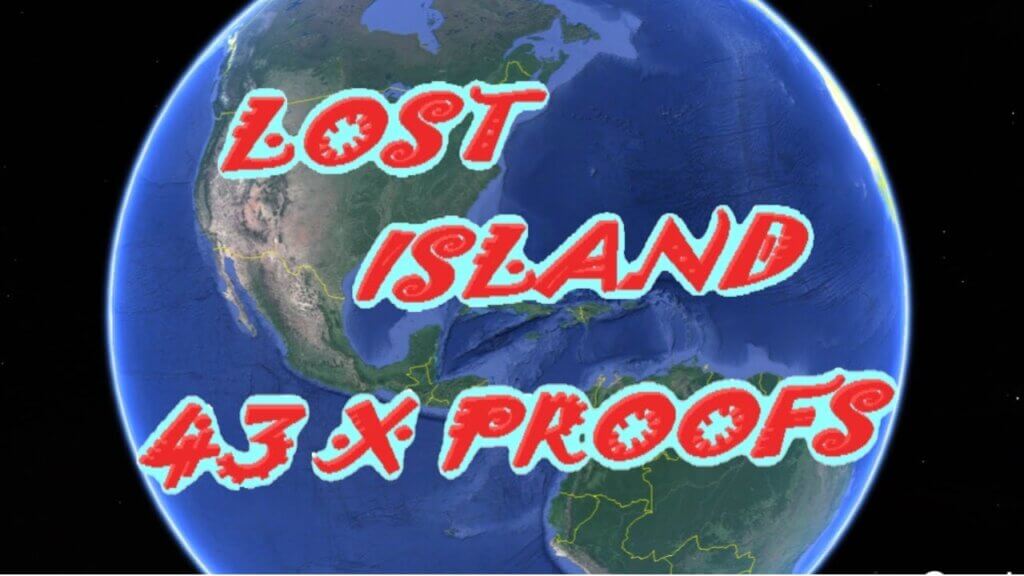
Here’s a 2019 YouTube video titled ‘MANDELA EFFECT: LOST ISLAND OF COSTA RICA: 43 RESIDUAL PROOFS’ by Nobleness Dee, a former researcher into this phenomenon. This video presents compelling reality residue and is definitely worth watching. Watch it HERE.
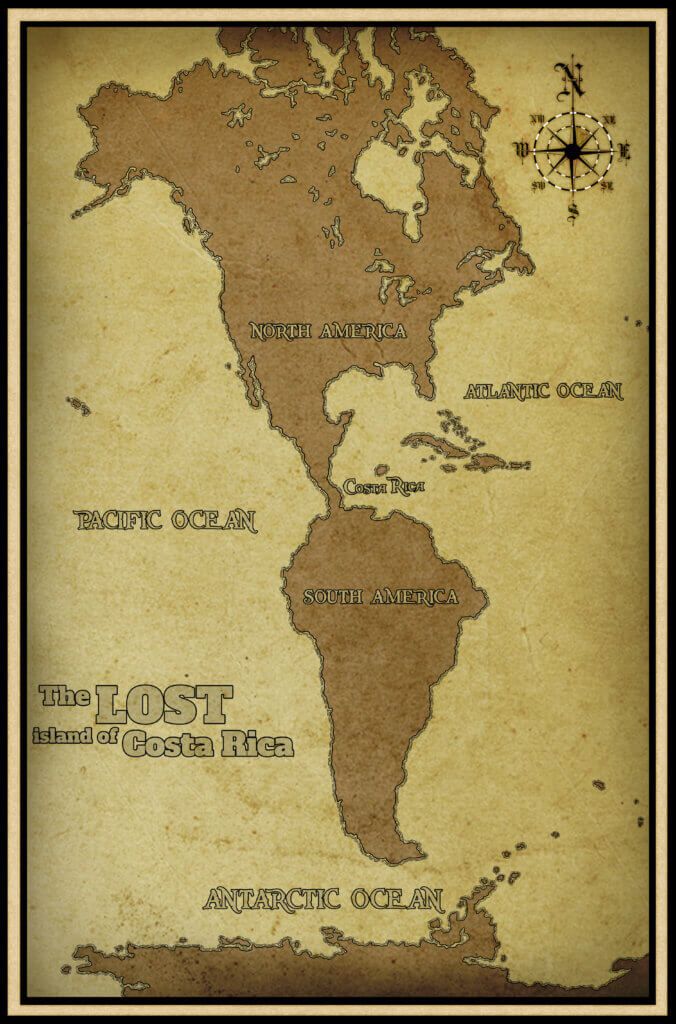
Here’s a map we drew from our memories, where Costa Rica was an island located in the Caribbean. The small island right above where it says ‘Costa Rica’ shows its location when it was an island, in relation to the surrounding landmasses. Also, notice that the entire continent of South America is drawn more directly underneath the United States—another Mandela Effect of its own. This is how Costa Rica used to appear in a world many people remember. You may disregard Cuba and its surrounding islands, as they were copied from this reality and pasted into this drawing.
Conclusion
The evidence we’ve explored here presents a fascinating glimpse into the Mandela Effect, specifically regarding Costa Rica’s shifting geographical identity. From documentaries and books to multiple sources—some from well-established institutions—contain references to Costa Rica as an island, pointing to a reality that many of us remember, yet seems impossible in the world we know today.
These instances of reality residue raise important questions about the nature of our memories and the fabric of reality itself. Could it be that Costa Rica was once an island in another version of our world? As we continue to investigate and uncover these strange anomalies, we invite you to consider the possibility that what we perceive as “fact” may be far more fluid than we realize.
The Mandela Effect challenges our understanding of history, geography, and the very nature of time. The journey to uncover the truth is ongoing, and we encourage you to keep exploring, questioning, and seeking out the evidence for yourself.
This article will continue to be updated with more information and reality residue as it comes in. Together, we can uncover more mysteries that exist just beyond the edge of our collective memory.




